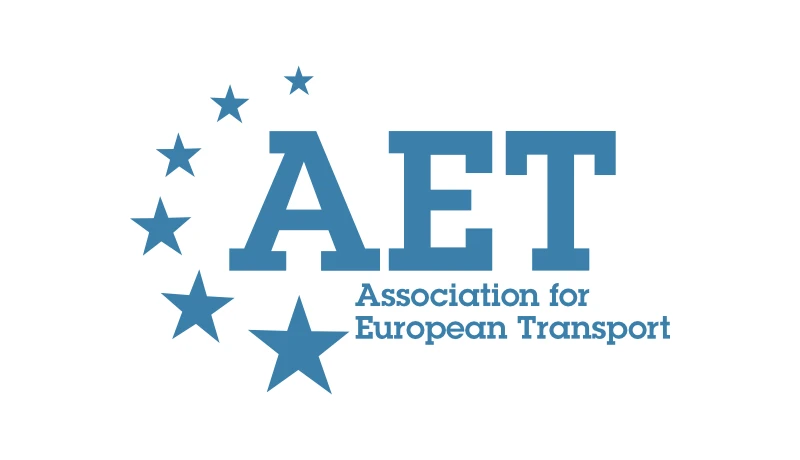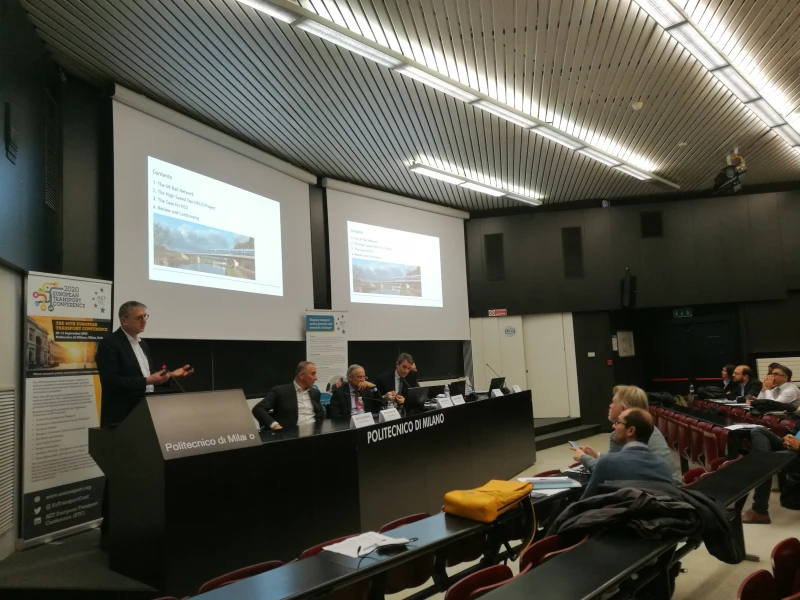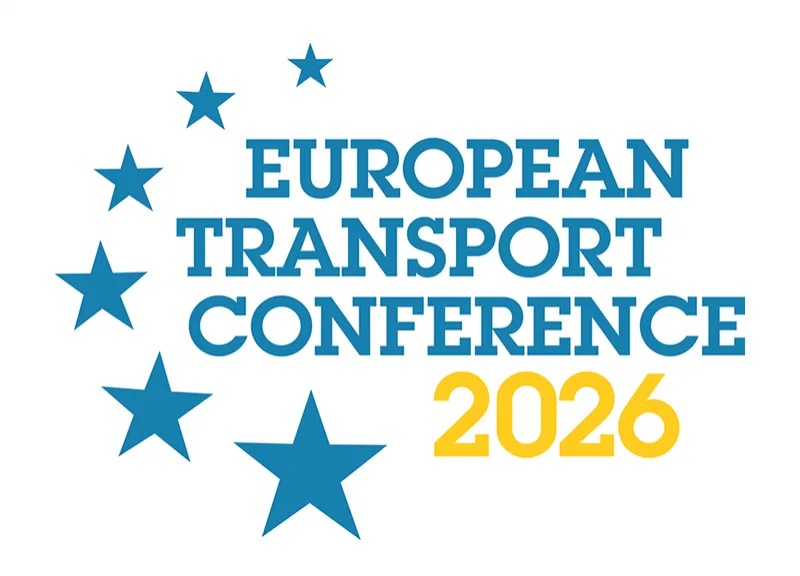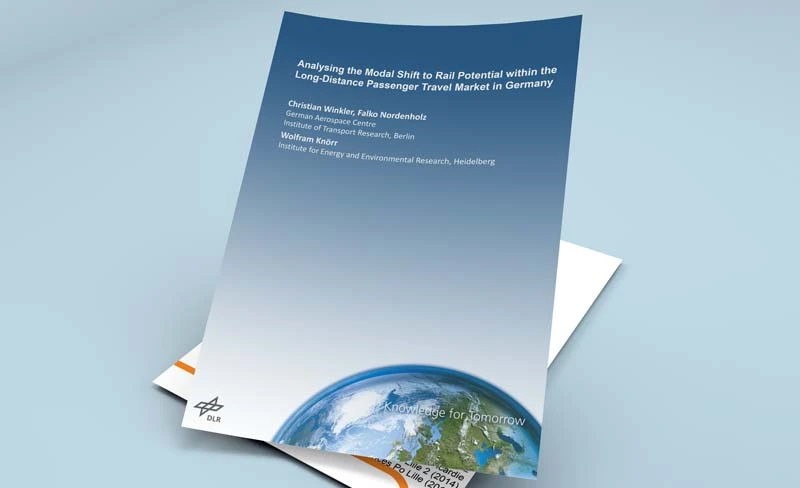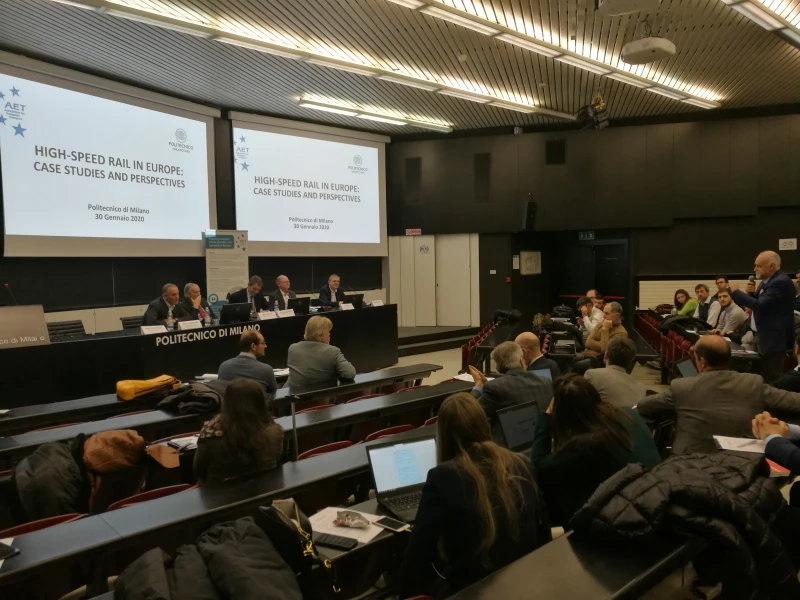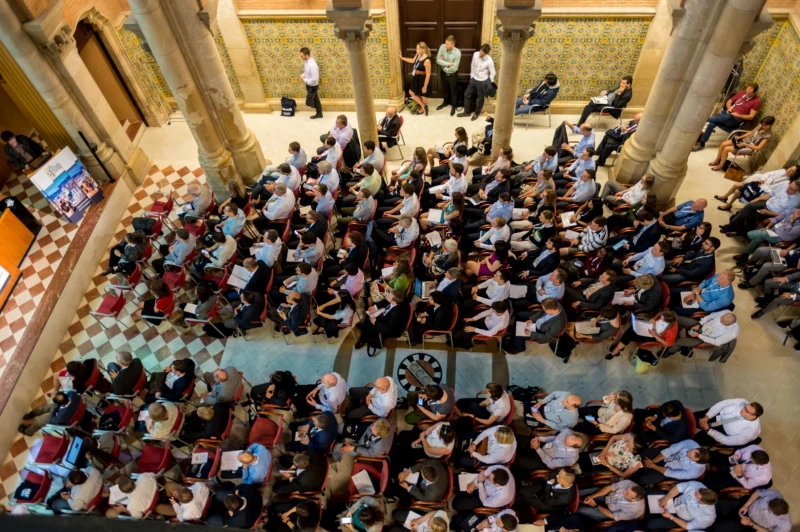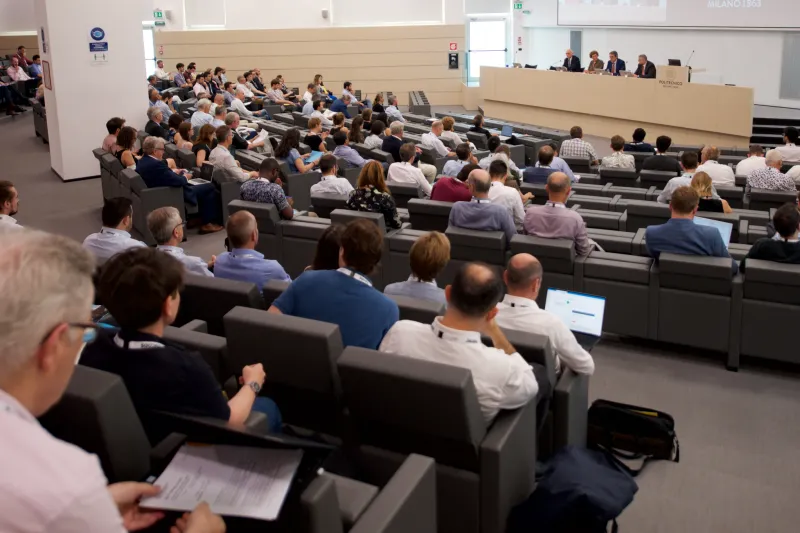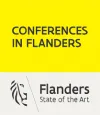After 50 years of being at the frontlines of European transport, the 50th ETC continued the tradition of being a place for open-minded and out-of-the-box discussion of ideas and solutions for the future of transport.
During the last few years, we have seen the world facing high uncertainty scenarios with universal events that are forcing humans to adapt and change their habits. The change that had been sustained by constant technological innovations was accelerated leading to new paradigms on how to work, how to enjoy free time, and how to perform daily activities such as shopping, or visiting a doctor. Travel patterns are changing and it is becoming harder to predict what the future might look like.
In this context, research on transport related topics is crucial to develop innovative solutions that respond to the characteristics of a modern society that is highly connected and digital, and simultaneously concerned with climate and health. Transport researchers are called to broaden their activities into even more multidisciplinary contexts to embrace the many challenges ahead. The growth of urban population and technological developments raised uncertainties regarding what needs of the population require action from the decision-makers.
More and more, cities are shared spaces where residents, workers, and tourists, perform their activities, and use transport networks to move within that space. Bearing this in mind, transport researchers, practitioners, industry, and decision-makers must adopt a multidisciplinary attitude embracing topics comprising at least four areas: (1) the behavioural aspects of the population; (2) technological resources available; (3) organizational innovations resulting from new business model; and (4) flexible policies that are able to evolve alongside sociotechnical transitions.
Facing uncertain times
The recent health crisis fostered behavioural changes and increased concerns the climate crisis since people realized the impact of air pollution and noise levels in urban areas. However, the ability and willingness to make these changes permanent are still unknown. This will impact commuting habits regarding the work mode (remote, hybrid or presential) and the mode choice (private car, soft/active mode, public transport, etc.). Uncertainty comes from the fact that we are social beings and, despite of technology being available, many still prefer contact with other persons. Regarding climate concerns, there are also doubts to whether the adoption of soft/active modes will keep its momentum or if it was an escape to crowded public transport. Nonetheless, policymakers are pushing towards greener solutions, mostly in the urban centres, promoting both new business models and new mobility policies.
We are presented with a once in a lifetime opportunity to take a step back and rethink transport and mobility services in order to develop sustainable and equitable solutions.
Without much effort, one can recall a few challenges ahead:
- High investments on soft/active modes will most likely promote good urban mobility solutions. On the other hand, those solutions might only respond to short trips in urban centres, requiring a highly efficient public transport network to serve the outskirts.
- Strict regulations for new business models that foster mobility innovation may harm the adoption of new technology and green solutions due to inability of those regulations to adapt to changing scenarios. Thus, technology and urban policies need to go hand-in-hand.
- Seeking green solutions by imposing restricted access areas or by limiting the usage of fossil fuels without proper spatial planning and fleet upgrades might decrease the quality of public transport instead of leading to behavioural changes.
- Multiplying standalone digital services, without any planning or data integration, might create heavy and inefficient information systems based on large amounts of data with no value to an efficient multimodal transport network.
Investing in automated vehicles without investing in safety measures and without adapting transport policies may increase adoption barriers towards technology. - Many more challenges could be mentioned, but these are enough to illustrate how multidisciplinary the transport sector is becoming and how complex cities can become in order to allow different lifestyles while assuring health and well-being for all.
ETC 2022 – Going back to normal vs rethinking transport
Do we really want to go back to normal?
We are presented with a once in a lifetime opportunity to take a step back and rethink transport and mobility services in order to develop sustainable and equitable solutions. Research topics that have been studied in the past such as multimodality, demand responsive transport, land use and transport planning integration, smart sustainable cities, automated vehicles, or synchro modality for freight transport, can be analysed in a different perspective in order to design the future we want.
It was in this context that the jubilee of the European Transport Conference (ETC 2022), organized by the Association for European Transport (AET), gathered researchers and practitioners last September. After 50 years of being at the frontlines of European transport, the 50th ETC continued the tradition of being a place for open-minded and out-of-the-box discussion of ideas and solutions for the future of transport. In light of the challenges of the last years, the conference included topics such as:
- Behaviour Change: The impacts of the climate emergency and COVID-19 on long term travel patterns
- The Future of Cities: Emerging new travel and land use patterns
- Travel Data: When will new travel patterns be stable enough to inform modelling and forecasting?
Through scientific presentations, demonstrations, and special sessions participants discussed recent studies and projects concerned with understanding this transition period we are in. Those three topics focused on uncertainty brought by new behaviours, new technology, and the resulting new travel and land use patterns. They highlight the need for multidisciplinary approaches and teams that bring new perspectives to old problems in a changing society.
Gone are the days where transport research was owned by only a few scientific domains. Now, in a complex network of actors, transport research requires and welcomes contributions from any field of research that is willing to work towards a better future. In was in that multidisciplinary environment that academia, industry, and decision-makers discussed the future of transport in Europe, to find solutions with a common ground. From traditional approaches with mathematical models, or new technological capabilities resorting to AI, people-centred methodologies to understand their behaviour, or even game-based research to design new solutions in an inclusive way, all research domains are involved in designing a better future for transport.
Gone are the days where transport research was owned by only a few scientific domains.
At AET, our role is to foster imagination to find innovative solutions for European transport. We may not know what the future holds, but we know that we can build it together. We invite you to join us in Milan for the ETC 2023, and build the transport of the future!
Find out more about ETC 2023.

